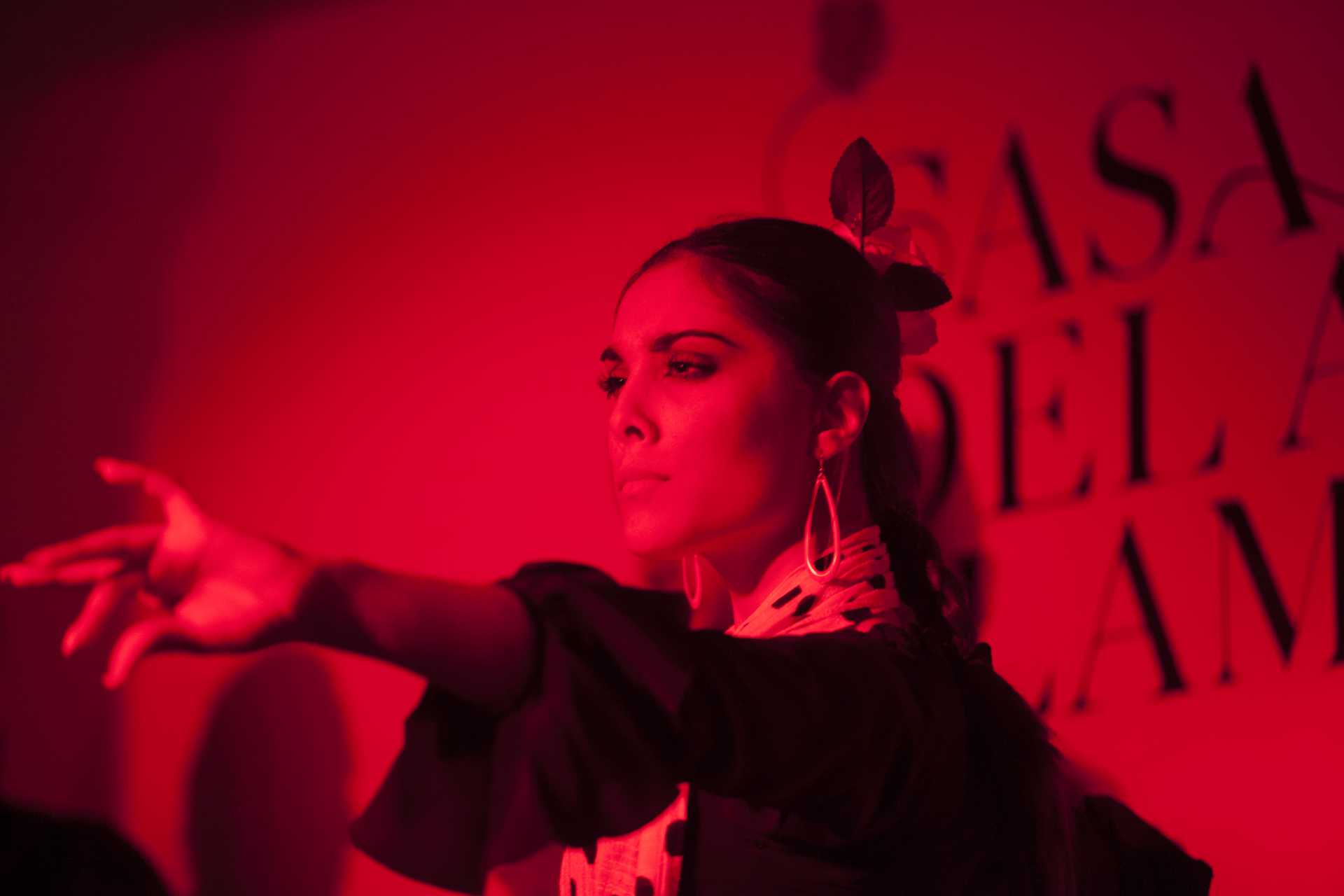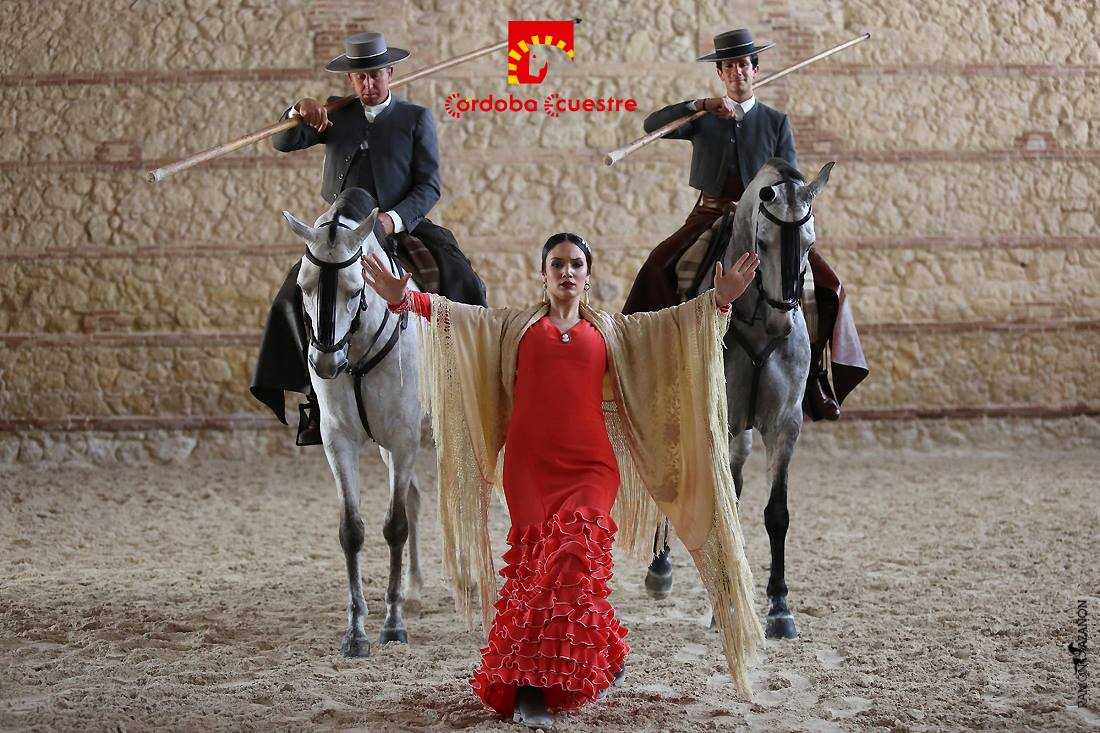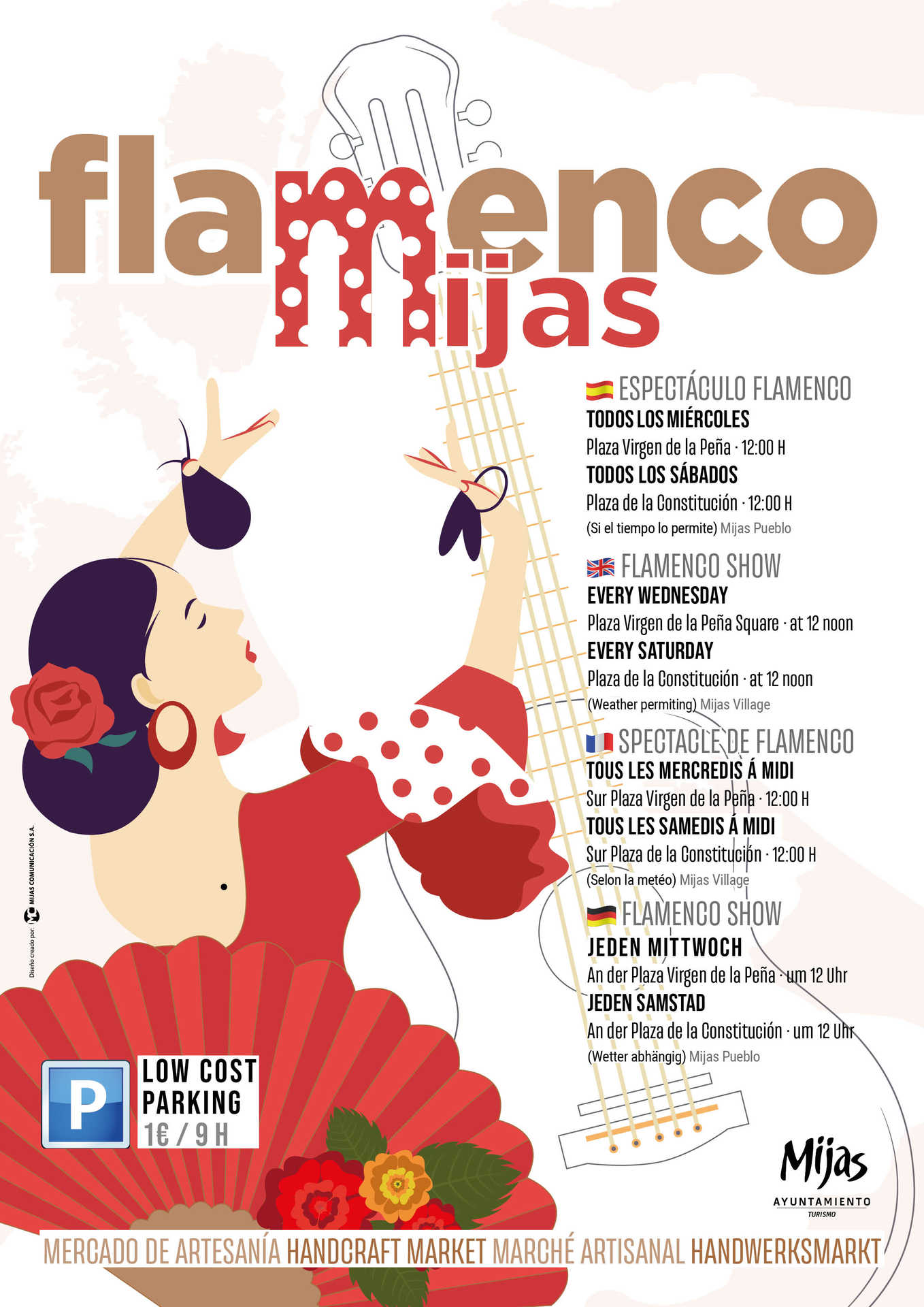
Period of revalorisation of flamenco. The third "Llave de oro del Cante" award
With the "Ópera flamenca" as the conducting string of the genre, the 50's arrive. The flamenco art is known by half the world thanks to the "troupes", who had taken weight from the songs, to ease the understanding by all publics. However, as though it had stayed in a latent state, a generation of singers revindicated its place and carried on performing in smaller groups the styles of always. At this point the figures of Juan Talega, Fernanda y Bernarda de Utrera, Fosforito, El Chocolate, Agujetas, Rafael Romero El Gallina and Antonio Mairena, amongst others stand out. It is the era of the 'tablaos'. The record label Hispavox edits the first "Antología del Arte Flamenco", directed by the guitarist from Jerez, Perico el del Lunar. In 1958 the Professorship of 'Flamencología', flamenco experts, in Jerez is created. The following 'peñas' or clubs arise: La Platería from Granada, Juan Breva in Málaga and Los Cernícalos in Jerez. Above all in 1956 the first National Contest of Flamenco Art is celebrated in Córdoba, born from the local poet Ricardo Molina, which Antonio Fernández Díaz, Fosforito won. Flamenco entered theatres and artists insisted on recording old songs, in disuse, in order for their art to perpetuate.
In all this context the genre once more suffers another point of inflection. Manuel Vallejo having died in 1960, the organisers of the contest in Córdoba decide to again dispute the 'Llave de Oro del Cante' (golden key of song). And so in 1962, the city of the mosque holds a historic event, whose jury included personalities such as Ricardo Molina or Juan Talega. Fosforito, El Chocolate, Juan Varea, Pericón, Platero de Alcalá and Antonio Mairena vied for the trophy, that the winner held high on a significant night for the future of this art.
Antonio Cruz García, who up until then had dedicated his life to singing for dancers such as Antonio Ruiz Soler, founded, with the 'key' in his hand, a school which would last until our time. He was the executor of a new generation of singers committed to 'mairenismo' (dedication to the style of Antonio Mariena) through and through. It is the moment that El Lebrijano, Curro Malena, El Turronero, José Menese, Miguel Vargas, Diego Clavel, José de la Tomasa or Calixto Sánchez enter the scene. However, as had occurred in all of the previous eras, this pole found its opposite in Cádiz and its bay: Camarón, Juan Villar, Rancapino, Pansequito and, above all, a veteran, Chano Lobato offer another complementary perspective that manages to enrich the genre in a great measure, thanks to the contribution of other maestro's so opposite such as José Mercé or Carmen Linares. The flamenco takes another road: that of the festivals.
The Festivals
The first flamenco festivals in history were created a little before Mairena won the third key, but became truly important in light of this event, which gave a significant push to the new values. Dance was represented by figures such as Antonio Gades, Mario Maya, Farruco, El Güito, Matilde Coral, Cristina Hoyos, Manuela Carrasco, Angelita Vargas, Maleni Loreto and an Antonio in his last stage. Song counted on artists the size of those cited in the previous epigraph. The public wanted to see 'jondura' because the propaganda for this genre during the regime of Franco was excellent. In 1957 the 'Potaje Gitano' from Utrera came about, the first of the flamenco festivals. The star event was followed by others such as that in Arcos de la Frontera (1961), the Festival of 'Canciones y Cante Flamenco de Mairena del Alcor'' (1962), the 'Gran Festival de Cante Grande de Écija ' (1962), the 'Gazpacho Andaluz de Morón de la Frontera' (1963), the 'Caracolá de Lebrija ' (1966) or the Festival of 'la Guitarra de Marchena ' (1967). All these celebrated in summer in great open spaces, for which reason there was a circuit of contracts that intensified the work of the artists in festive seasons.Bienal Flamenco Sevilla
However, during the winter the artists performed another vital task: taking flamenco into the intellectual circles. From singers such as Antonio Mairena, the music from Andalucía entered universities in full, recitals illustrated with conferences began to lavish, the words 'flamencólogo' flamenco expert, was born and flamenco suffers an important historic revision. All this merged in the conception of a new type of festival of a longer duration, such as the 'Bienal de Sevilla', currently an artistic style of great validity.
Related events













